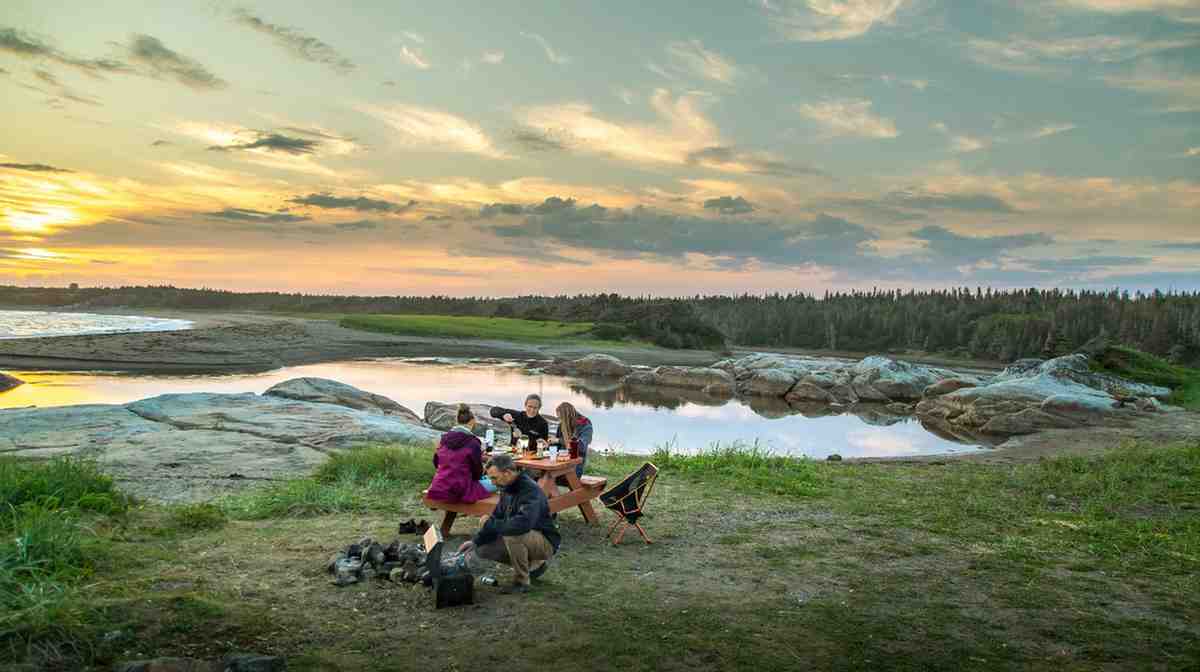Family Camping: A Fun, Affordable Way to Reconnect with Nature—and Each Other
In a world full of screens, schedules, and notifications, family camping stands out as one of the best ways to unplug, reconnect, and create memories that last a lifetime. Whether it’s roasting marshmallows under the stars, watching kids explore trails for the first time, or waking up to the sound of birds instead of alarms, camping offers something priceless: quality time.
But if the thought of camping with kids—or even teens—sounds overwhelming, don’t worry. With the right planning and mindset, a family camping trip can be both relaxing and rewarding. In this guide, we’ll explore what makes camping with your family so special, how it compares to other types of trips, and how to get it right from the first try.
Why Choose Camping for Your Family Vacation?
Camping isn’t just about escaping the city. It’s about slowing down, being present, and letting kids (and adults) be curious, creative, and carefree. Here’s why families love it:
- Affordability: Compared to hotels and resorts, camping is much easier on the wallet.
- Learning opportunities: Kids pick up real-world skills like setting up tents, building fires, and identifying wildlife.
- Bonding time: No Wi-Fi means more face-to-face time and shared adventures.
- Encourages physical activity: Hiking, swimming, biking—camping keeps everyone moving.
Plus, nature has a calming effect on adults too. Studies show that even a short time outdoors can lower stress levels and improve mood.
Family Camping vs. Other Types of Travel
| Aspect | Family Camping | Hotel/Resort Vacation |
|---|---|---|
| Cost | Low (gear, campsite fees, food) | High (rooms, dining, activities) |
| Flexibility | DIY schedule, cook your meals | Structured itineraries, time constraints |
| Interaction | Lots of quality family time | Often distracted by tech or activities |
| Comfort | Basic (tents, sleeping bags) | High (beds, AC, room service) |
While resorts offer luxury, camping brings connection. It’s not just about the destination—it’s about the shared experience.
Getting Started: What You Need for a Family Camping Trip
Before you hit the trail, make sure you’ve got the right gear. Here’s a simplified list:
- Tent: Choose a family-size tent with extra space for bags and rainy-day play.
- Sleeping gear: Sleeping bags, mats, and maybe a few cozy blankets from home.
- Camp stove or grill: Easy meals are a must—think pasta, hot dogs, or pre-made foil packets.
- Cooler: To keep drinks and perishables fresh.
- Lights: Headlamps and lanterns for night-time navigation.
- First-aid kit: Especially important with kids around.
- Rain gear: Just in case—ponchos and tarps can save the day.
Involve the kids in packing their own essentials—it builds excitement and teaches responsibility.
Pros of Family Camping
- Memorable bonding: No distractions means real conversations and shared laughs.
- Learning environment: Kids learn to problem-solve, be resourceful, and appreciate nature.
- Customizable pace: Wake up with the sun, nap in the afternoon, and explore at your leisure.
- Affordable fun: A few nights out in nature costs far less than a city vacation.
Cons of Family Camping (and How to Handle Them)
- Weather surprises: Check the forecast and bring layers. Always pack for the unexpected.
- Bug bites and minor injuries: A good first-aid kit and bug spray are essential.
- Sleep issues: Try camping in your backyard first to get everyone used to the setup.
- Food planning: Keep meals simple. Bring snacks and make cleanup easy with disposable or washable dishware.
Most “cons” can be solved with preparation—and a sense of humor.
Kid-Friendly Camping Activities
Nature becomes the ultimate playground when you’re camping. Here are fun, screen-free ideas for all ages:
- Scavenger hunt: Make a list of things to find—leaves, rocks, animal tracks, etc.
- Campfire storytelling: Let kids make up stories or retell their favorite books.
- Nature art: Use sticks, stones, and leaves to create designs or sculptures.
- Stargazing: Lie on a blanket and identify constellations (use a free stargazing app).
- Trail walks: Choose age-appropriate trails and bring a nature guidebook.
Let kids lead activities sometimes—it builds confidence and adds to the fun.
FAQs About Family Camping
What age is best to start camping with kids? There’s no perfect age, but toddlers and up generally enjoy short trips. Start with one night close to home. Do I need to reserve a campsite? Yes, especially in national or state parks. Book in advance during peak seasons. What’s a good first-time camping destination? Choose a location with restrooms, water access, and nearby emergency services. Lakeside and forested campgrounds are often a hit. Can we bring our dog? Many campgrounds allow dogs, but always check the rules and bring a leash, bowl, and pet-friendly gear.
Tips for a Smooth and Enjoyable Trip
- Do a trial run: Backyard camping helps kids get comfortable before going remote.
- Stick to simple meals: Think grilled cheese, oatmeal, and ready-to-eat snacks.
- Expect the unexpected: Flexibility is your best friend. Rain? Turn it into a storytelling session.
- Pack a few comforts: A favorite toy, book, or blanket can help kids settle in.
Final Thoughts
Family camping isn’t just a getaway—it’s a gateway. A chance to bond without distractions, learn life skills, and appreciate the little things: the crackle of a fire, the breeze through trees, the joy of just being together. It may take extra planning, but the rewards are real and lasting.
Whether you’re a first-timer or looking to make it a yearly tradition, camping gives families something rare—time, connection, and memories that no hotel can match. So pack your gear, grab the kids, and head for the woods. Adventure is waiting.
